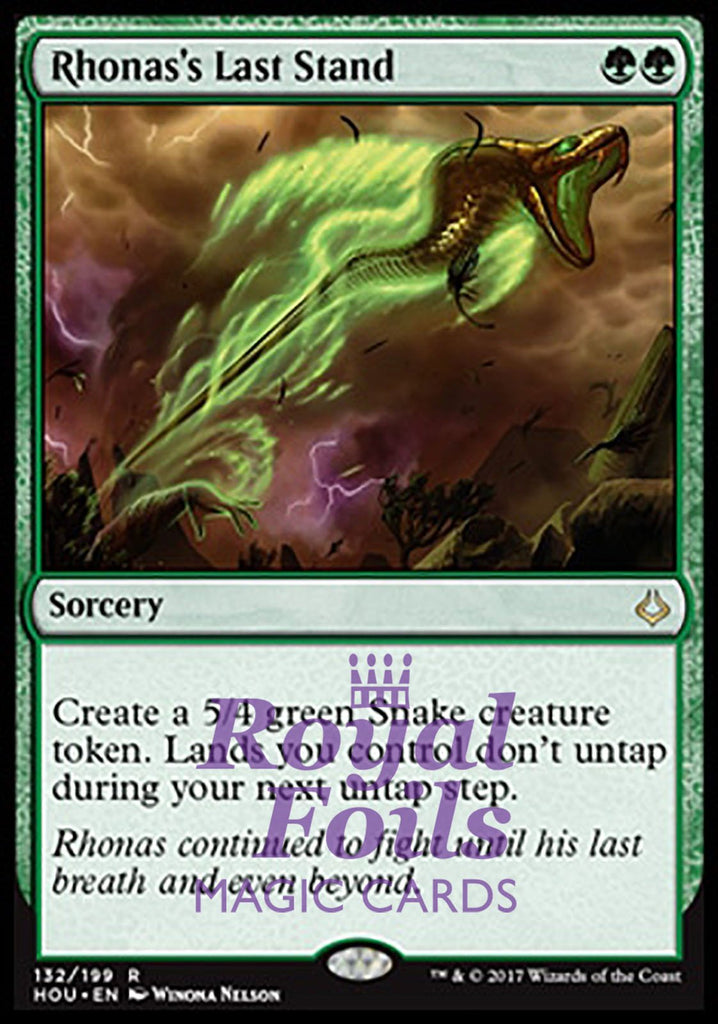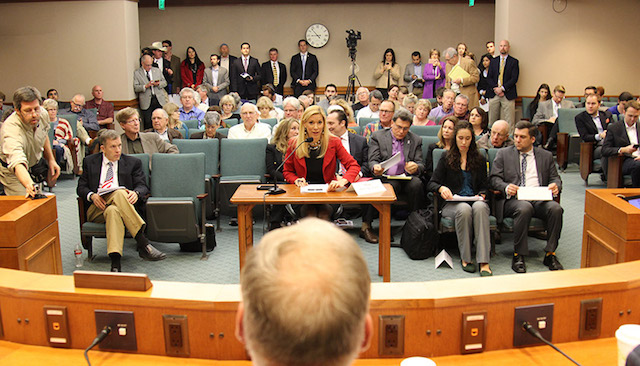Wildfires In The UK: Devastation For Rare And Endangered Species

Table of Contents
The Impact of Wildfires on UK Habitats
Wildfires in the UK are not just devastating spectacles; they inflict lasting damage on a range of vital habitats, each supporting a unique web of life. Peatlands, for example, act as crucial carbon sinks, storing vast quantities of carbon. Wildfires release this stored carbon into the atmosphere, exacerbating climate change while simultaneously destroying the habitat for specialized species like the rare bog orchid and the elusive large heath butterfly. Similarly, heathlands, with their characteristic low-lying vegetation and sandy soils, are highly susceptible to wildfire. The intense heat destroys the delicate balance of this ecosystem, impacting the numerous species that call it home, including the smooth snake and the Dartford warbler. Even woodlands, although seemingly more resilient, suffer significant damage. Wildfires can strip away the canopy, leaving the understory vulnerable and destroying crucial nesting sites for birds and mammals.
- Loss of vegetation cover leading to soil erosion: The protective layer of vegetation is lost, leaving the soil exposed to wind and rain, leading to erosion and loss of topsoil fertility.
- Destruction of crucial food sources for animals: Wildfires obliterate plants and insects, disrupting the food chain and leaving animals with limited resources.
- Increased vulnerability to disease and predation due to habitat loss: The destruction of shelter and cover increases animals' vulnerability to disease and predation.
- Disruption of crucial ecological processes (e.g., nutrient cycling): Wildfires disrupt the delicate balance of nutrient cycling within the ecosystem, leading to long-term ecological instability.
Specific Endangered Species at Risk
Numerous rare and endangered species in the UK are highly vulnerable to the devastating effects of wildfires. The consequences can be dire, ranging from population decline to local extinction. For example, the sand lizard, a protected reptile species found on heathland, relies on specific microhabitats for basking and breeding. Wildfires destroy these crucial sites, leaving the population fragmented and vulnerable. Similarly, the nightjar, a nocturnal bird species inhabiting heathland and woodland edges, loses its nesting sites and foraging grounds to wildfire. The effects are often immediate and catastrophic.
- Sand Lizard ( Lacerta agilis): This species relies on specific heathland habitats for basking and shelter. Wildfires destroy these habitats, leaving the lizards vulnerable to predation and dehydration. [Insert image of a sand lizard].
- Nightjar (Caprimulgus europaeus): This bird depends on heathland and woodland for nesting and foraging. Wildfires destroy its nesting sites and eliminate its insect prey. [Insert image of a nightjar].
- Large Blue Butterfly (Phengaris arion): This highly specialized butterfly relies on specific plant species and a complex relationship with ants for its survival. Wildfires can eliminate the host plants and disrupt the ant colonies, leading to population decline. [Insert image of a Large Blue butterfly].
The Role of Climate Change in Increasing Wildfire Risk
Climate change is significantly increasing the frequency and severity of wildfires in the UK. Rising temperatures and prolonged periods of drought create ideal conditions for wildfires to ignite and spread rapidly. Longer, drier summers extend the wildfire season, while stronger winds exacerbate the spread of fires, covering larger areas and causing more widespread damage.
- Rising temperatures increase dry vegetation, making it highly flammable: Increased heat dries out vegetation, turning it into readily combustible fuel.
- Longer, drier summers extend the wildfire season: The extended dry periods provide longer windows of opportunity for fires to ignite and spread.
- Stronger winds spread fires more rapidly and intensely: Stronger winds act as a catalyst, accelerating the spread of wildfires and intensifying their destructive power.
Conservation Efforts and Mitigation Strategies
Combating the threat of wildfires requires a multi-faceted approach encompassing prevention, mitigation, and restoration. Prescribed burns, conducted under carefully controlled conditions, can help reduce the build-up of flammable vegetation and prevent more destructive wildfires. Habitat restoration projects are crucial in restoring damaged ecosystems and enhancing their resilience to future fires. Early warning systems, using advanced technology and community involvement, are vital for rapid response and effective fire suppression.
- Public awareness campaigns on wildfire prevention: Educating the public about the risks of wildfires and the importance of responsible behavior is essential.
- Improved fire management techniques and resources: Investing in better equipment, training, and strategies for fire suppression is crucial.
- Habitat restoration projects to enhance resilience to wildfires: Restoring degraded habitats can improve their resilience and ability to recover from wildfires.
- Collaboration between conservation organizations, government agencies, and communities: A coordinated approach involving all stakeholders is crucial for effective wildfire management.
The Urgent Need for Wildfire Prevention in the UK
The evidence is clear: wildfires pose a severe and escalating threat to the UK's biodiversity, impacting a wide range of rare and endangered species. Climate change is exacerbating the problem, creating conditions favorable for more frequent and intense wildfires. However, proactive conservation measures, coupled with effective fire management strategies and community involvement, can significantly reduce the risk and protect our valuable ecosystems. Preventing UK wildfires requires a concerted effort from individuals, organizations, and the government. We must actively support conservation organizations working tirelessly to protect endangered species from wildfires, advocate for policies to mitigate climate change and reduce wildfire risk, and educate ourselves and others about responsible behavior in fire-prone areas. Let's work together to protect our natural heritage and ensure a future where the devastating impact of wildfires on the UK’s precious biodiversity is significantly reduced. Let's focus on preventing UK wildfires, protecting endangered species from wildfires, and managing UK wildfire risks effectively.

Featured Posts
-
 Investigating The Life And Career Of Angela Swartz
May 13, 2025
Investigating The Life And Career Of Angela Swartz
May 13, 2025 -
 Texas Rangers To Investigate Plano Islamic Center Development At Gov Abbotts Direction
May 13, 2025
Texas Rangers To Investigate Plano Islamic Center Development At Gov Abbotts Direction
May 13, 2025 -
 Sabalenka Defeats Pegula To Claim 19th Wta Title In Miami
May 13, 2025
Sabalenka Defeats Pegula To Claim 19th Wta Title In Miami
May 13, 2025 -
 Kakanwil Papua Ajak Semua Pihak Dukung Persipura Menuju Kemenangan
May 13, 2025
Kakanwil Papua Ajak Semua Pihak Dukung Persipura Menuju Kemenangan
May 13, 2025 -
 Upaya Pemerintah Myanmar Memberantas Judi Online Dan Penipuan Telekomunikasi
May 13, 2025
Upaya Pemerintah Myanmar Memberantas Judi Online Dan Penipuan Telekomunikasi
May 13, 2025
Latest Posts
-
 Deconstructing Ethan Slaters Role In Elsbeth Season 2 Episode 17
May 13, 2025
Deconstructing Ethan Slaters Role In Elsbeth Season 2 Episode 17
May 13, 2025 -
 The Purpose Of Ethan Slaters Character In Elsbeth Season 2 Episode 17
May 13, 2025
The Purpose Of Ethan Slaters Character In Elsbeth Season 2 Episode 17
May 13, 2025 -
 Preview Elsbeth Season 2 Episode 15 I See Murder
May 13, 2025
Preview Elsbeth Season 2 Episode 15 I See Murder
May 13, 2025 -
 Ethan Slaters Role In Elsbeth Season 2 Episode 17 Explained
May 13, 2025
Ethan Slaters Role In Elsbeth Season 2 Episode 17 Explained
May 13, 2025 -
 Elsbeth Season 2 Episode 15 Preview I See Murder
May 13, 2025
Elsbeth Season 2 Episode 15 Preview I See Murder
May 13, 2025
